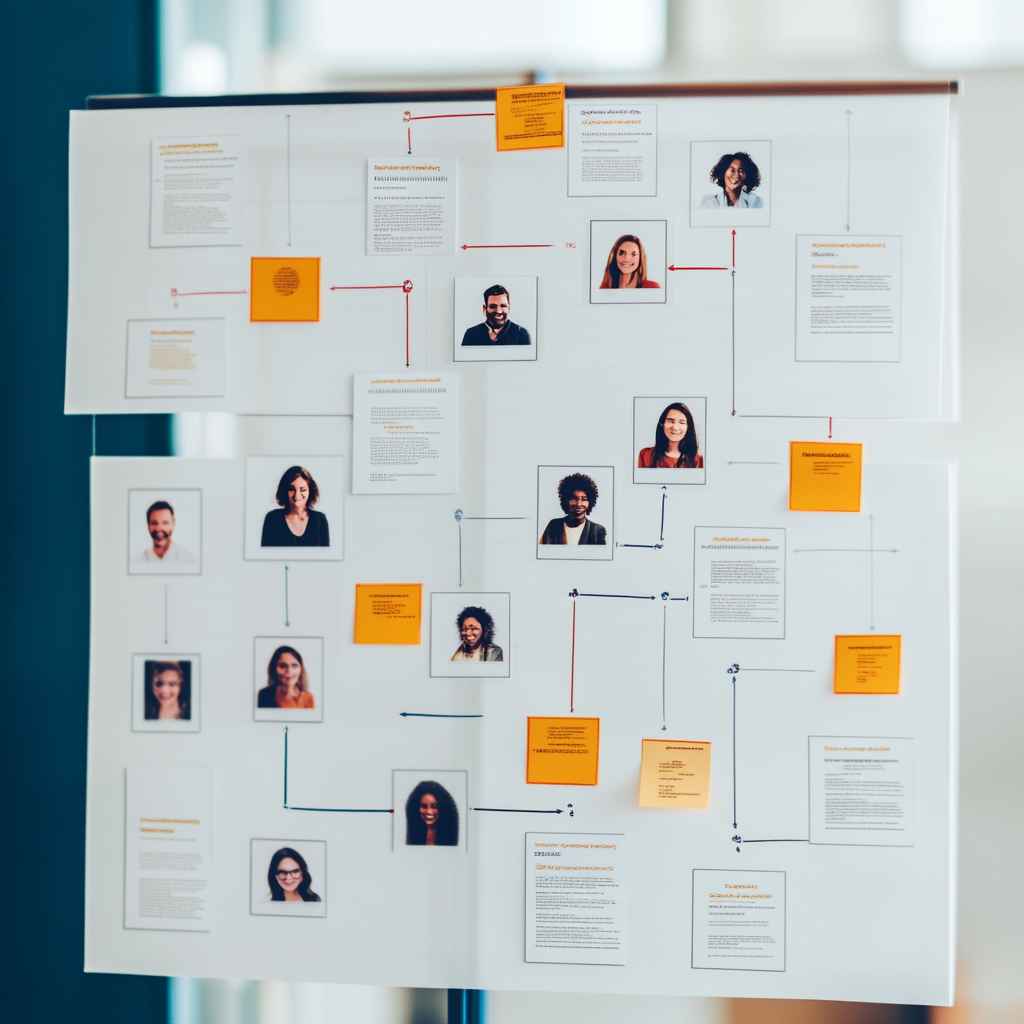Content
Hiring is hard.
You’re juggling resumes, interviews, reference checks—and trying to predict how someone will perform weeks or months down the line.
What if you could make smarter hiring decisions by understanding how a candidate naturally behaves?
That’s exactly where the Big 5 OCEAN personality traits come in.
In this blog, we’ll break down:
- What each of the Big 5 traits means (in plain English)
- How to interpret them in the hiring process
- What roles benefit from certain traits
- How to access validated assessments for smarter talent decisions
Let’s jump in.
What Are the Big 5 (OCEAN) Personality Traits?

The Big 5—often remembered using the acronym OCEAN—is the most scientifically validated personality model used today.
| Trait | What It Measures |
| Openness | Creativity, curiosity, and openness to experiences |
| Conscientiousness | Reliability, organization, and attention to detail |
| Extraversion | Sociability, energy, and social comfort |
| Agreeableness | Cooperation, empathy, and desire for harmony |
| Neuroticism | Emotional stability vs. stress sensitivity |
For a deeper dive into the science, read Big Five Personality Traits Test: A Comprehensive Guide for Hiring Professionals.
Why Hiring Managers Should Care About the Big 5
Each trait offers a window into how a candidate works, collaborates, and reacts under pressure.
This makes it invaluable for:
- Job-role fit
- Team dynamics
- Reducing turnover
- Improving onboarding and retention
Here’s how each trait plays out in real-world hiring:
How to Use Each OCEAN Trait in Hiring

1. Openness
High Openness: Creative thinkers, innovators, strategic roles
Low Openness: Prefer structure, good for routine tasks or compliance
| Role Fit Example |
| High Openness → Product Designers, Marketing Strategists |
| Low Openness → QA Specialists, Data Entry Operators |
Explore more in Big 5 Personality Traits Explained with Real-World Examples.
2. Conscientiousness
This is one of the strongest predictors of job performance.
High Conscientiousness: Highly organized, dependable
Low Conscientiousness: May struggle with deadlines or precision
| Role Fit Example |
| High → Accountants, Operations Managers |
| Medium → Sales roles needing flexibility |
3. Extraversion
High Extraversion: Outgoing, great in customer-facing or leadership roles
Low Extraversion: Independent workers, focused problem solvers
| Role Fit Example |
| High → Sales, Client Success |
| Low → Software Development, Data Science |
4. Agreeableness
High Agreeableness: Team players, conflict-averse
Low Agreeableness: More competitive, may challenge groupthink
| Role Fit Example |
| High → HR, Customer Support |
| Medium → Sales, Consulting (needs balance) |
5. Neuroticism
Low Neuroticism: Emotionally stable, resilient
High Neuroticism: May experience anxiety or stress in high-pressure roles
| Role Fit Example |
| Low → Emergency Response, Executive Leadership |
| High → Creative roles (with structure and support) |
Want help interpreting trait scores? Read Big 5 Personality Test Results: What They Mean & How to Interpret.
Free vs. Paid: What Type of Test Should You Use?
Free online tests are great for self-exploration.
But for hiring decisions, you need assessments that are:
- Scientifically validated
- Role-specific
- Scored and interpreted professionally
Compare options in Free Big Five Personality Tests: Which One Should You Use?
When to Use Big 5 Tests in the Hiring Process

| Stage | How It Helps |
| Pre-interview | Screen for cultural fit and communication styles |
| Interview Prep | Personalize interview questions |
| Post-finalist decision | Compare top candidates on reliability, stress tolerance, or adaptability |
| Onboarding | Tailor support based on personality strengths |
You can also integrate it with structured interviews to make hiring fairer and more consistent.
Our Validated Personality & Behavioral Assessments
We don’t just talk about the Big 5—we deliver it as part of our professionally designed assessments.
✅ Personality & Behavioral Assessments Overview
Explore:
- Big 5 Personality Test
Scientifically validated and designed for hiring & development use. - Predictor Profile
Combines behavioral and cognitive assessments—ideal for high-stakes roles. - Short Personality Test
A fast screening option for personality insights in under 10 minutes.
Related Resources
- Best Big 5 Personality Tests for Hiring Employees
- Big 5 Personality Test PDF Guide & Printable Version
- Is the Big 5 Personality Test Scientifically Valid and Reliable?
- How to Use Big Five Test in Structured Hiring Interviews
Frequently Asked Questions
1. What does OCEAN stand for in the Big 5 Personality Test?
OCEAN is an acronym for the five key personality traits measured in the Big 5 model:
- Openness
- Conscientiousness
- Extraversion
- Agreeableness
- Neuroticism
These traits offer insights into how people think, work, and interact—which makes them highly useful in hiring.
2. How is the Big 5 Personality Test used in hiring?
Hiring teams use the Big 5 to:
- Match candidates to the right roles
- Predict job performance and team fit
- Personalize interview questions
- Reduce hiring bias and improve consistency
It’s especially useful when combined with structured interviews and other validated assessments.
3. Is the Big 5 test more reliable than MBTI or DISC?
Yes. The Big 5 is considered the most scientifically validated personality framework.
While MBTI and DISC are popular, they are less predictive of workplace performance and not as reliable over time.
4. Can I use the Big 5 for all types of roles?
Absolutely. The Big 5 is flexible and can be applied to:
- Entry-level to executive roles
- Independent and team-based positions
- Customer-facing or technical roles
The key is interpreting the trait scores in relation to specific job needs.
5. What is a “good” Big 5 profile for a candidate?
There’s no one-size-fits-all profile.
For example:
- High Conscientiousness is great for detailed, process-driven roles
- Low Neuroticism is valuable in high-stress environments
- High Openness suits creative or innovation-focused positions
It’s all about alignment with the job and team.
6. Are Big 5 Personality Tests legally compliant for hiring?
Yes, if you’re using a validated assessment designed for employment use.
Always choose tools that comply with EEOC guidelines and avoid using personality tests in isolation—combine them with interviews and job performance data.
7. Where can I get a trusted Big 5 assessment for hiring?
You can use our validated Big 5 Personality Test designed specifically for pre-employment screening and team development.
Want to see it in action?
Book a free demo here.
Final Thoughts
The Big 5 OCEAN personality traits aren’t just psychology jargon—they’re powerful, proven predictors of how people behave at work.
When used correctly, they help you:
- Hire the right people
- Avoid costly mis-hires
- Support team growth
- Build long-term success
Ready to make your hiring process more predictable and reliable?👉 Book a Free Demo Here

